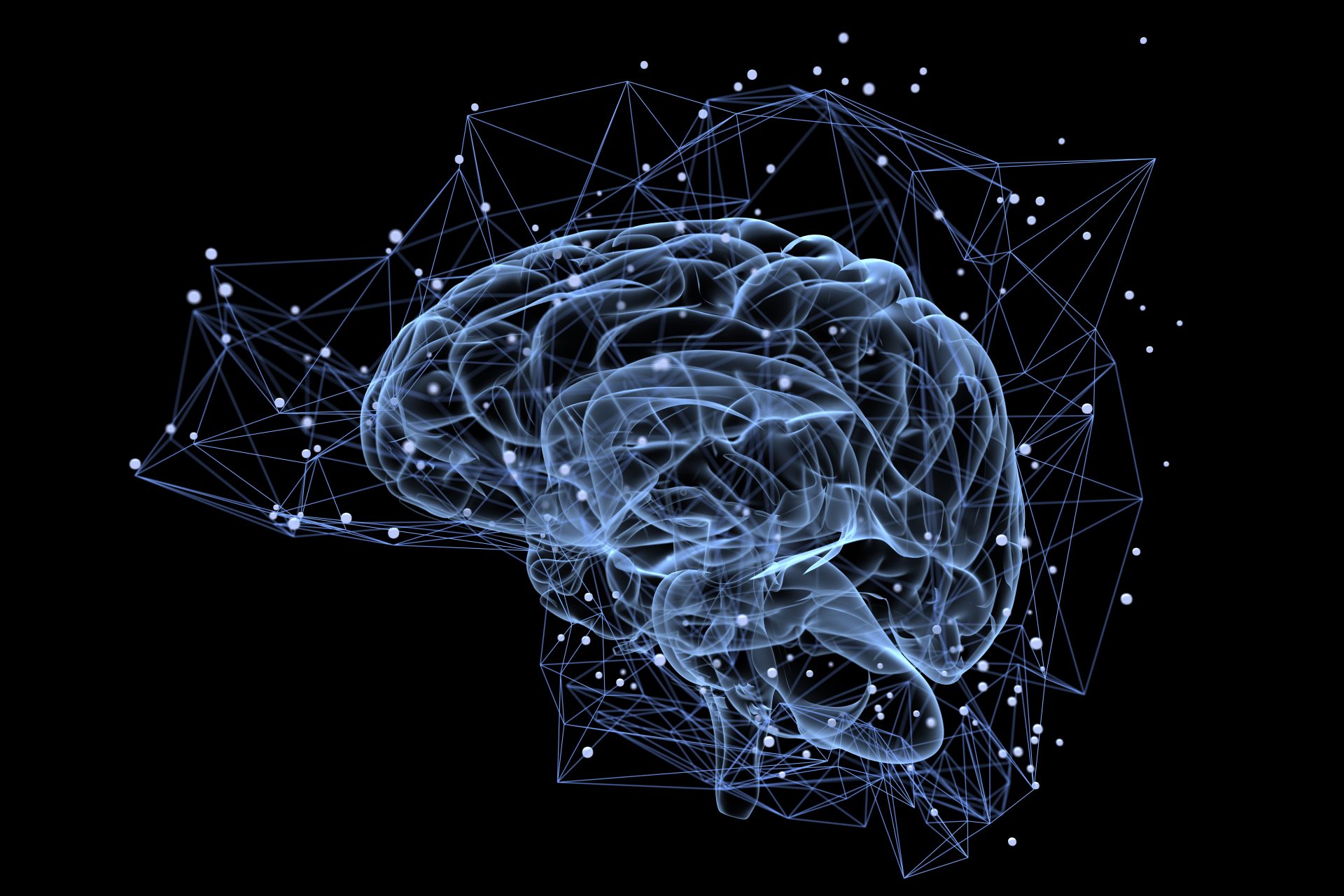-
Here are some other things you might not know.
- Your brain uses 20% of the total oxygen and blood in your body.
- New connections in your brain are created every time you form a memory.
- Booze doesn’t help you forget anything. When you get blackout drunk, the brain temporarily loses the ability to create memories.
- Violence at home has the same effect on the brains of children as combat does on soldiers.
- Einstein’s brain was similar in size to other humans except in the section responsible for maths and special perception. In that region, his brain was 35% wider than average.
- The pathologist who performed Einstein’s autopsy kept the scientist’s brain in a formalin-filled jar inside a cider box under a beer cooler for 20 years.
- Information can go through parts of your brain at the speed of over 400 km per hour, faster than a Formula One race car.
- Frequent jetlag can impair your memory.
- When awake, the human brain produces enough electricity to power a small lightbulb.
- There are over 400 neurological disorders that affect the brain: Absence of the Septum Pellucidum, Acid Lipase Disease, Acid Maltase Deficiency, Acquired Epileptiform, Aphasia, Acute Disseminated Encephalomyelitis, ADHD, Adie’s Pupil, Adie’s Syndrome, Adrenoleukodystrophy, Agenesis of the Corpus Callosum, Agnosia, Aicardi Syndrome, Aicardi-Goutieres Syndrome Disorder, AIDS - Neurological Complications, Alexander Disease, Alpers’ Disease, Alternating Hemiplegia, Alzheimer’s Disease, Amyotrophic Lateral Sclerosis (ALS), Anencephaly, Aneurysm, Angelman Syndrome, Angiomatosis, Anoxia,Antiphospholipid Syndrome, Aphasia, Apraxia, Arachnoid Cysts, Arachnoiditis, Arnold-Chiari Malformation, Arteriovenous Malformation, Asperger Syndrome, Ataxia,Ataxia Telangiectasia,Ataxias and Cerebellar or Spinocerebellar Degeneration, Atrial Fibrillation and Stroke,Attention Deficit- Hyperactivity Disorder, Autism, Autonomic Dysfunction, Back Pain, Barth Syndrome, Batten Disease, Behcet’s Disease, Bell’s Palsy, Benign Essential Blepharospasm, Binswanger’s Disease,Brachial Plexus Injuries, Brain and Spinal Tumours, Brown-Sequard Syndrome, Canavan Disease, Carpal Tunnel Syndrome, Central Cord Syndrome, Central Pain Syndrome, Central Pontine Myelinolysis, Cephalic Disorders, Cerebellar Degeneration, Cerebellar Hypoplasia, Cerebral Aneurysms, Cerebral Arteriosclerosis, Cerebral Atrophy, Cerebral Cavernous Malformation, Cerebral Hypoxia, Cerebral Palsy, Cerebro-Oculo-Facio-Skeletal Syndrome (COFS), Charcot-Marie-Tooth Disease, Chiari Malformation, Chorea, Chronic Inflammatory Demyelinating Polyneuropathy (CIDP)…
- The human brain has a similar consistency to tofu.
- Forgetting is good for the brain. Deleting unnecessary information helps the nervous system retain its plasticity.
- The brain can live for about 4 - 6 minutes without oxygen before it begins to die.
- The smell of chocolate increases brain waves, which triggers relaxation.
- Sphenopalatine ganglioneuralgia [sfee-no-pal-uh-teen gang-lee-oh-nur ahl-jee-uh] is the scientific term for brain freeze.
- Even a small dose of power can change how a person’s brain operates and diminish their empathy.
- Laughing requires activity in five different areas of the brain.
- The average adult brain weighs around 1.5 kilograms.
- Your brain can keep developing until your late 40s.
- Each week, there are more than 1,700 new cases of dementia in Australia; approximately one person every 6 minutes.
- Epilepsy was once blamed on demons. It’s now known that over 50 genes play a role in the disorder, which affects 50 million people worldwide. 10% of Australians can expect to suffer a seizure in their lifetime.
- Your brain is made up of 75% water.
Timeline of the brain
1700 BC
The Edwin Smith Surgical Papyrus is drafted by an unknown Egyptian physician. It contains the first written record of the brain.
460 - 379BC
Greek physician and philosopher Hippocrates discusses epilepsy as a disturbance of the brain. He also states that the brain is involved with sensation, and is the seat of intelligence.
1573AD
Italian anatomist and papal physician Costanzo Varolio is the first to dissect and examine the brain from its base upwards.
1755
Electroconvulsive therapy is used to treat mental illness by French physician J.B. LeRoy.
1811
Scottish surgeon Charles Bell describes how each of the senses has a corresponding spot in the brain.
1899
Aspirin is marketed as a pain reliever, but isn’t available without a prescription until 1915.
1921
Hermann Rorschach invents the now-famous ink blot test for use with his patients
1936
Walter Freeman performs the first lobotomy (removal of the frontal cortex) in the United States to treat anxiety and other mental disorders.
1949
John Cade discovers that lithium is an effective treatment for bipolar disorder.
1977
The first Magnetic Resonance Imaging (MRI) full body scan is performed by American Raymond Vahan Damadian, who also invented the machine.
Brainy facts

-
How is ‘phubbing’ hurting your relationships?
Here’s how to stop phubbing and be more mindful of your phone habits, to help improve face to face interactions with your family and friends.
-
Are the winter blues real?
Simple ways to boost your mood in winter.
-
Mental fitness explained
Just as you work to strengthen your body, your mental health deserves attention and exercise too.
-
Signs it's time to visit the dentist
Nobody wants to go. But there are good reasons to – promise.
-
The link between stress, anxiety and jaw pain
Physiotherapist Michael Chan explains how stress and anxiety can cause jaw pain, and how to help get some relief.
-
When you can't sleep next to your partner
You love everything about them – except their sleep habits.
Subscribe to receive the best from Live Better every week. Healthy recipes, exercise tips and activities, offers and promotions – everything to help you eat, move and feel better.
By clicking sign up I understand and agree to Medibank's privacy policy





.jpg)
